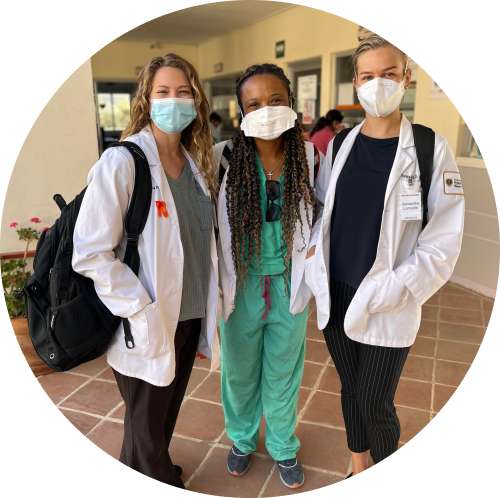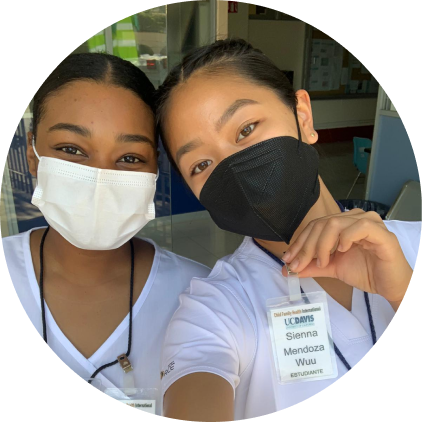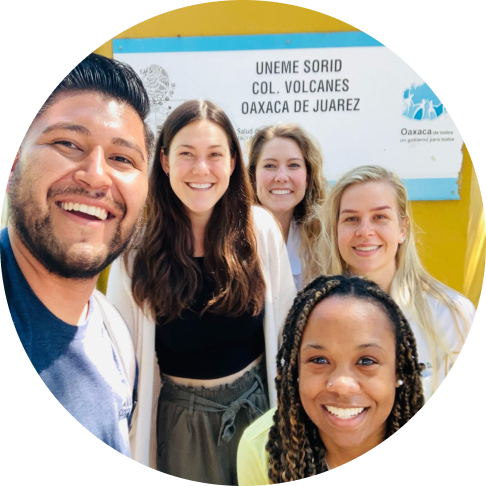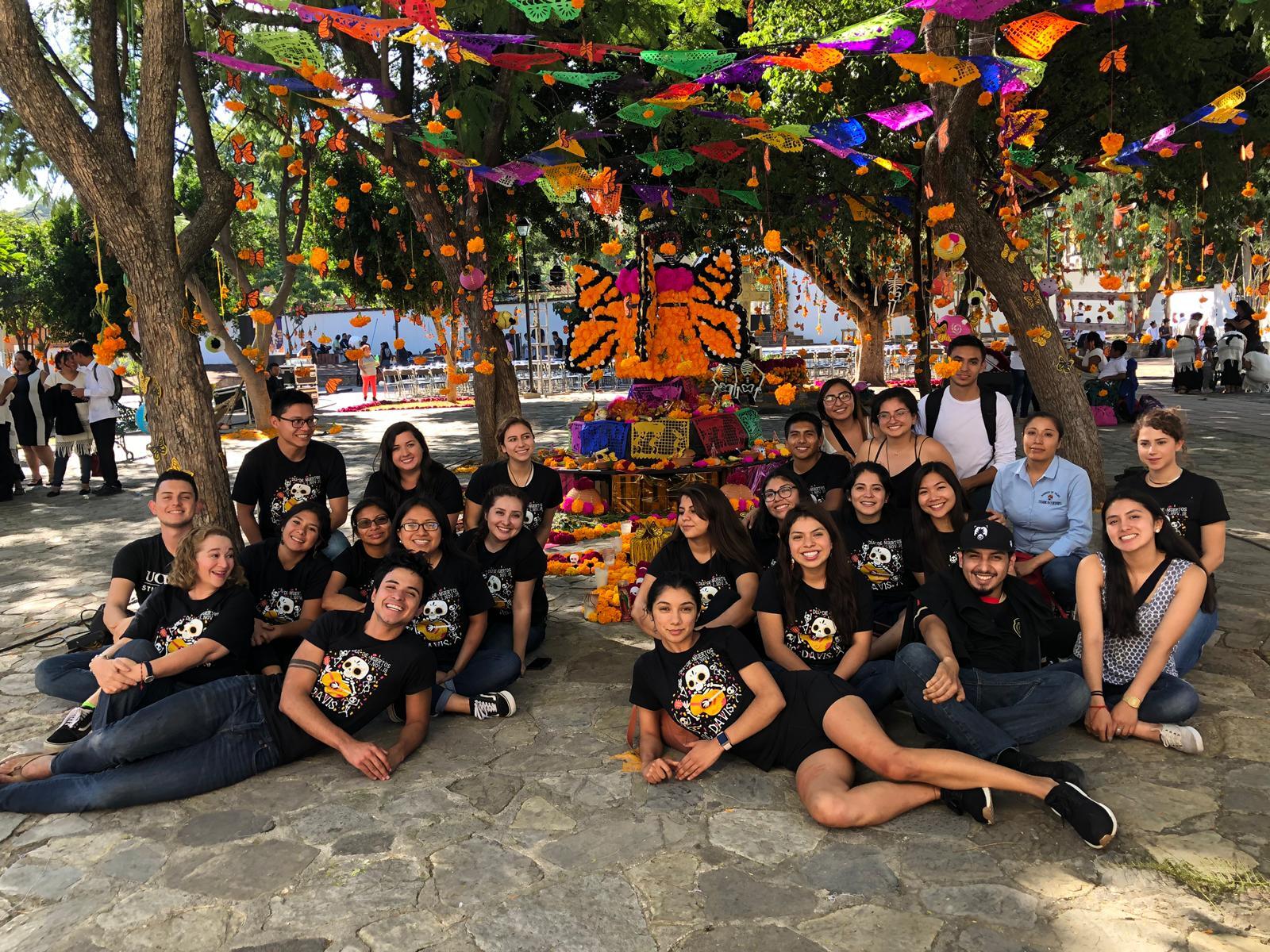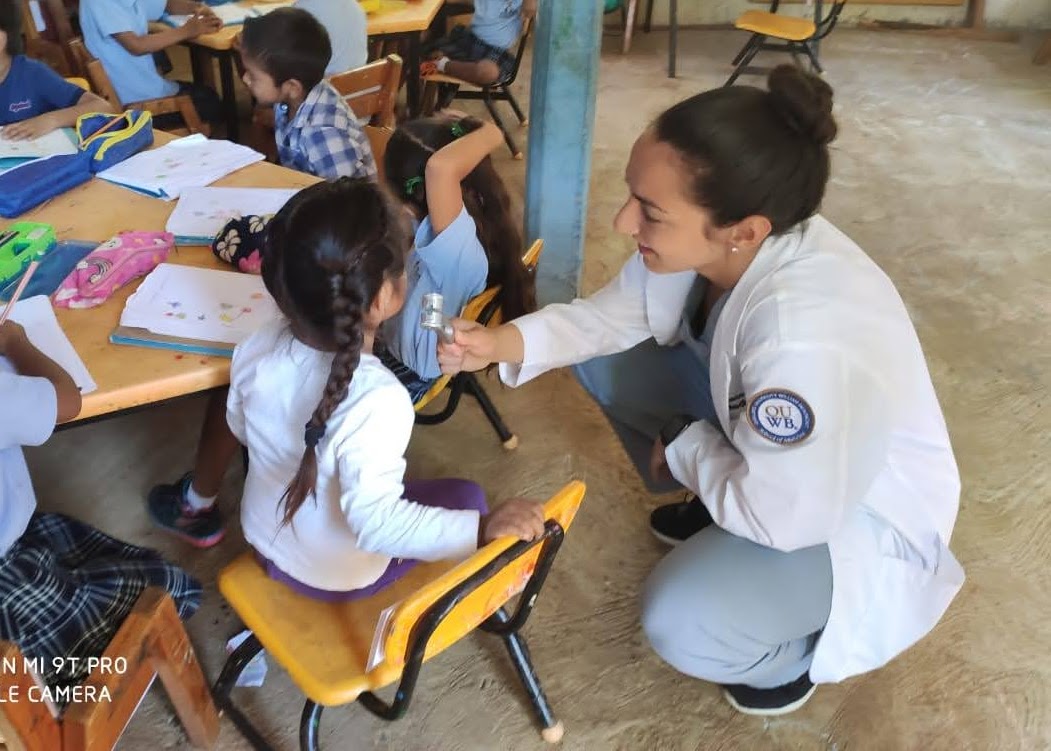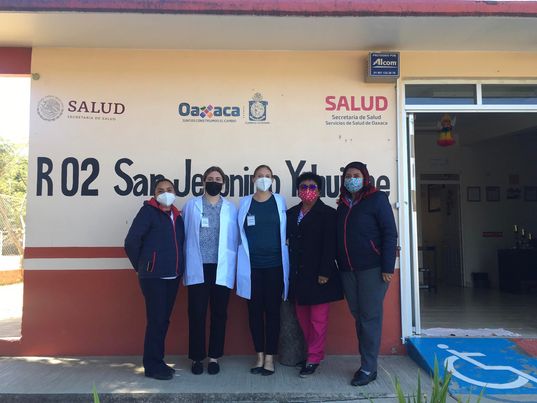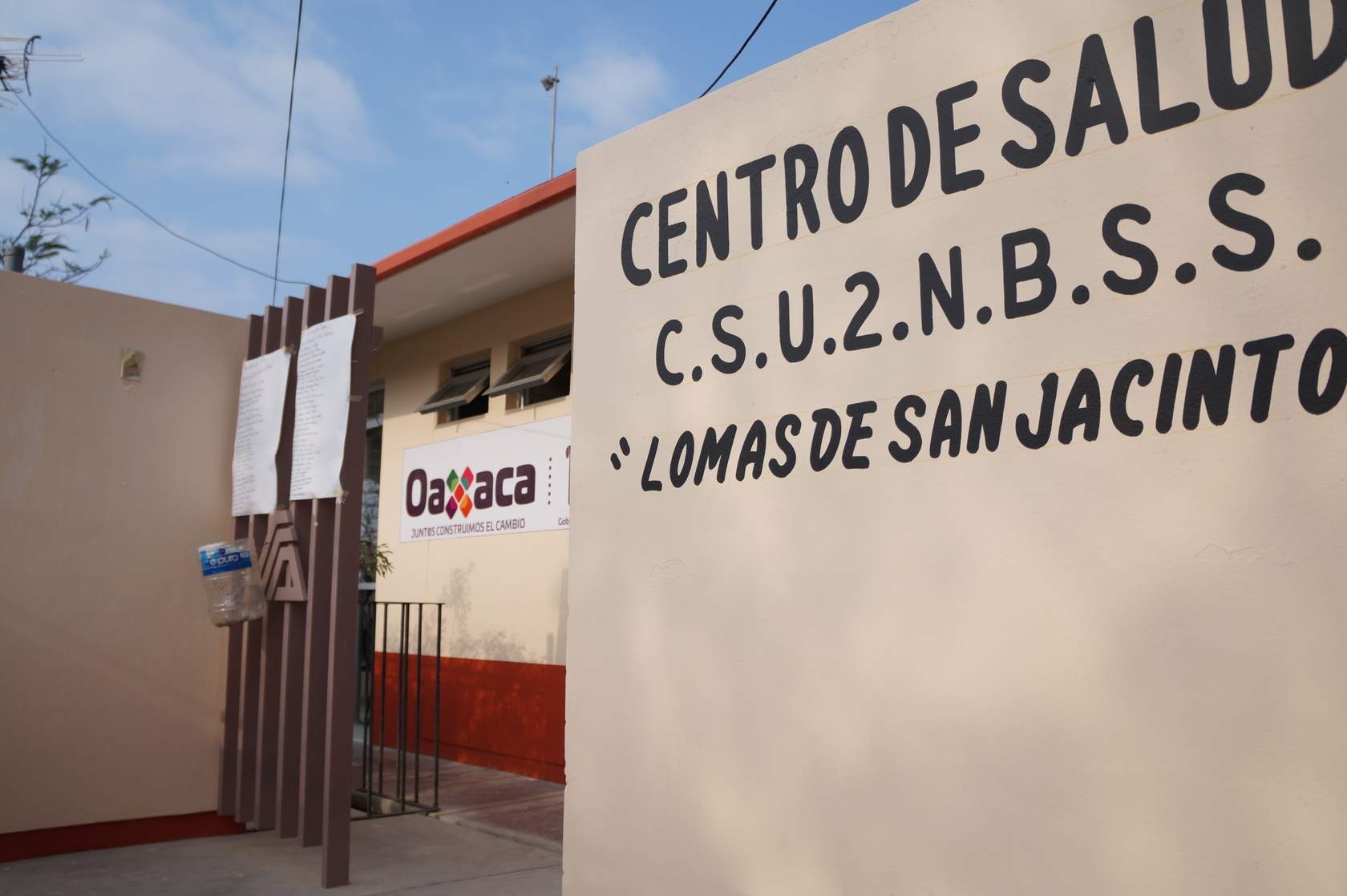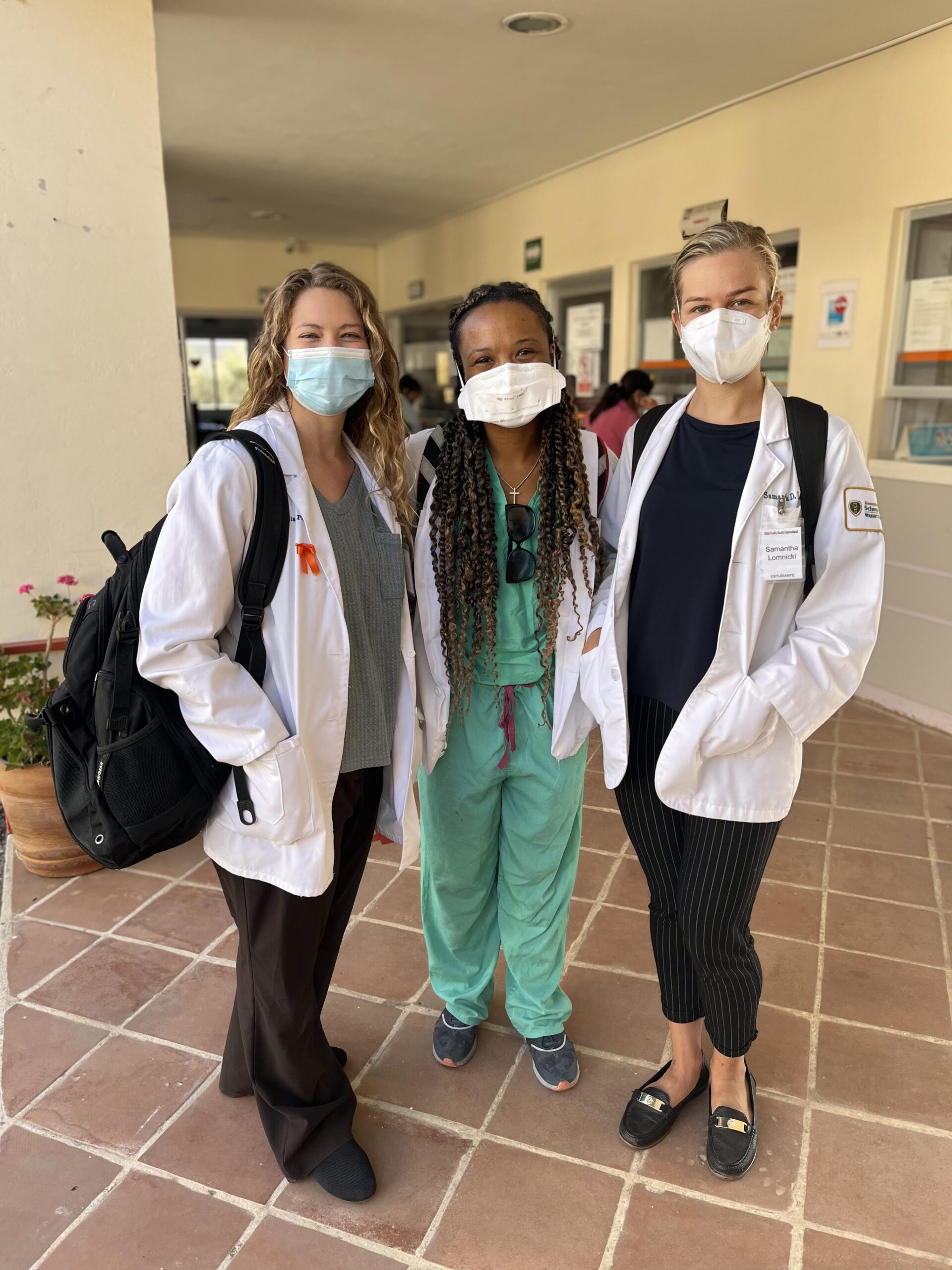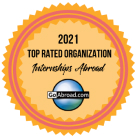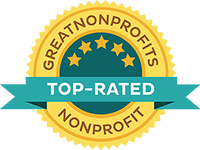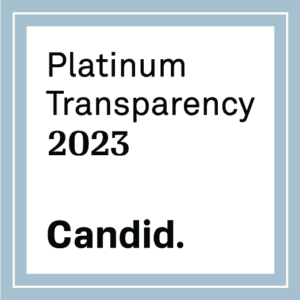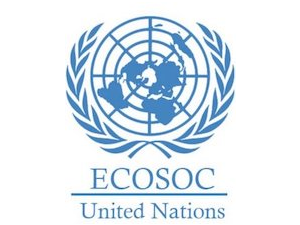- Home
- All programs
- Intensive Beginner Spanish & Global Health in Mexico
Intensive Beginner Spanish & Global Health in Mexico
Apply NowProgram overview
The southern state of Oaxaca is the most ethnically and linguistically diverse state in Mexico. It is home to a vibrant craft and art scene, outstandingly colorful festivities amongst beautiful architecture and unique cuisine. Despite its cultural riches, Oaxaca ranks among the country’s most impoverished states, lags in its health and economic indicators, and faces a complex social environment. This program is ideal for those with little or no Spanish background, who want to develop this vital skill. Through this program, improve you Spanish language and cultural competency, all while learning about health and healthcare in Oaxaca.
During the first portion of the program, take 50 hours of intensive beginner Spanish classes focusing on basic grammar, conversation and medical Spanish used in patient histories and physical exams. After your language classes, learn about the social determinants of health by engaging with staff and supporting ongoing work and operations of local non-profit organizations. During the second half of the program, practice your language skills while shadowing practitioners at clinical rotations such as community clinics serving low-income populations. Understand the implications of social, economic and cultural factors of the patient, provider, and healthcare system. Come away with increased confidence communicating in Spanish in social and professional settings, as well as a holistic view of healthcare in Oaxaca City and how Mexicans access these services.
Become immersed in Oaxacan culture while living with a local family. In the city of Oaxaca, shop for local crafts and artisanry, explore museums and art galleries, or hang out with locals in the vibrant Zócalo or main plaza. CFHI participants may also organize weekend trips to nearby destinations, such as the Zapotec ruins of Monte Albán.
About this program
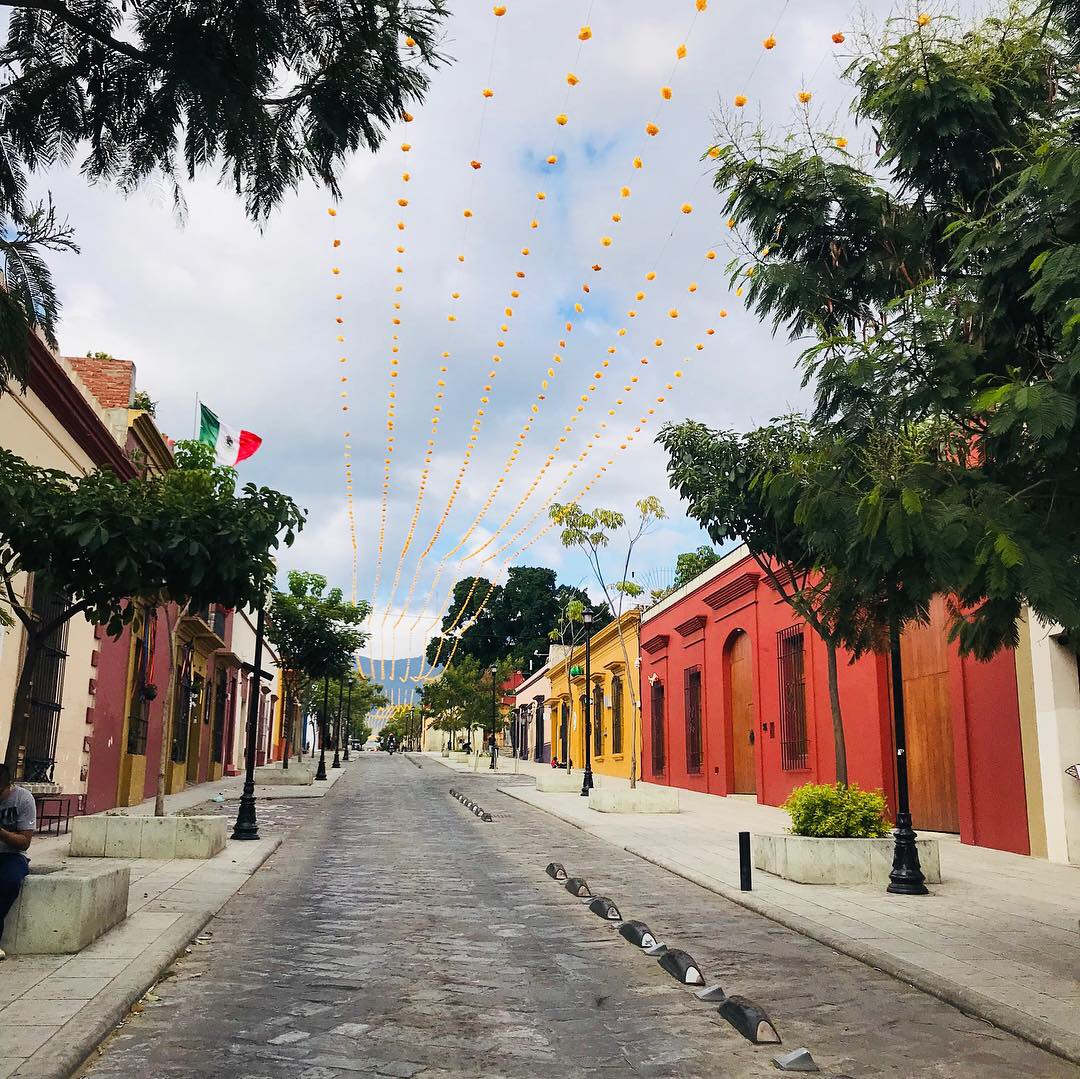
The state of Oaxaca is best known for its indigenous peoples and cultures. The most populous indigenous groups in Oaxaca are the Zapotec or Mixtec, but there are sixteen that are officially recognized. These cultures have survived better than most others in Mexico due to the state’s rugged and isolating terrain. It is estimated that at least a third are speakers of indigenous languages, with 50% not able to speak Spanish.
The capital city, Oaxaca de Juarez, is located in a beautiful valley surrounded by the Sierra Mountains, approximately 500 km south of Mexico City. At the center of the city is Santo Domingo Plaza and magnificent church dating back to the 16th century. The city’s cobblestone streets are bustling with creative artisans and street vendors.

Program participants will find their home away from home in carefully selected homestays, screened by CFHI Local Coordinators in Oaxaca and following CFHI’s health and safety guidelines. Nestled within the historic center of Oaxaca city, these homestays offer the perfect blend of comfort and authenticity, situated in middle-class neighborhoods with excellent access to public transportation, shops, restaurants, and cafes. In some cases, CFHI scholars share a house or a room in the same homestay with fellow program participants.
Going beyond mere lodging, these homestays provide a unique opportunity to learn about the local culture and practice Spanish skills on a daily basis in an informal setting. Accommodations include two meals per day. At the welcome orientation, participants will be instructed on culture and work etiquette to have the best experience in both homestay and the health setting.
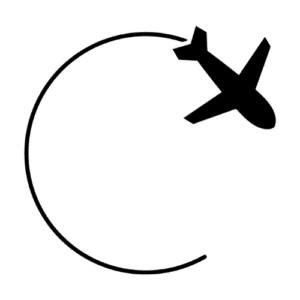
Visas are not required for U.S. citizens. More information on travel and logistics will be provided by CFHI after acceptance into the program.

What’s Included
CFHI Program fees include the majority of your on the ground costs. As a nonprofit, CFHI strives to keep fees low and offers fundraising opportunities, scholarships and discounts.
Pre-Departure Support
- Program advising and support via email, phone, and web meeting from CFHI’s Central Leadership team
- Detailed online Pre-Departure Training that includes modules on program logistics (flights, visas, immunizations, and more), intercultural learning, introduction to health realities at your program site, and much more
On-Site Services
- Airport pick-up upon arrival and transportation with a local CFHI representative to your program lodging
- Welcome orientation 1-2 days after arrival covering safety, transportation, and other logistics
- Spanish Classes: 50 hours/month of Spanish classes, including medical Spanish instruction and cultural activities
- CFHI Local Team that provides instruction, logistical support, and 24/7 emergency response
- Meetings and lectures on local healthcare system, socio-economic determinants of health and current cultural/historical topics.
- Placement and coordination of clinical and any public health activities (if relevant)
- Accommodation and two meals per day
- Local cell phone or support obtaining a local SIM card
- International emergency medical and evacuation insurance (unless waived by your university or institution)
Post-Return Resources
- Opportunities to engage as a CFHI Alumni Ambassador, reviewing scholarship applications, speaking on CFHI panels, and more
- Access to CFHI alumni-only social media group/s featuring news and career opportunities related to Global Health
- CFHI alumni newsletter highlighting events, professional development opportunities, resources, and ways to stay involved
Uniquely, 60% or more of CFHI student program fees go directly to the communities they will be visiting, benefiting the local economy at large.
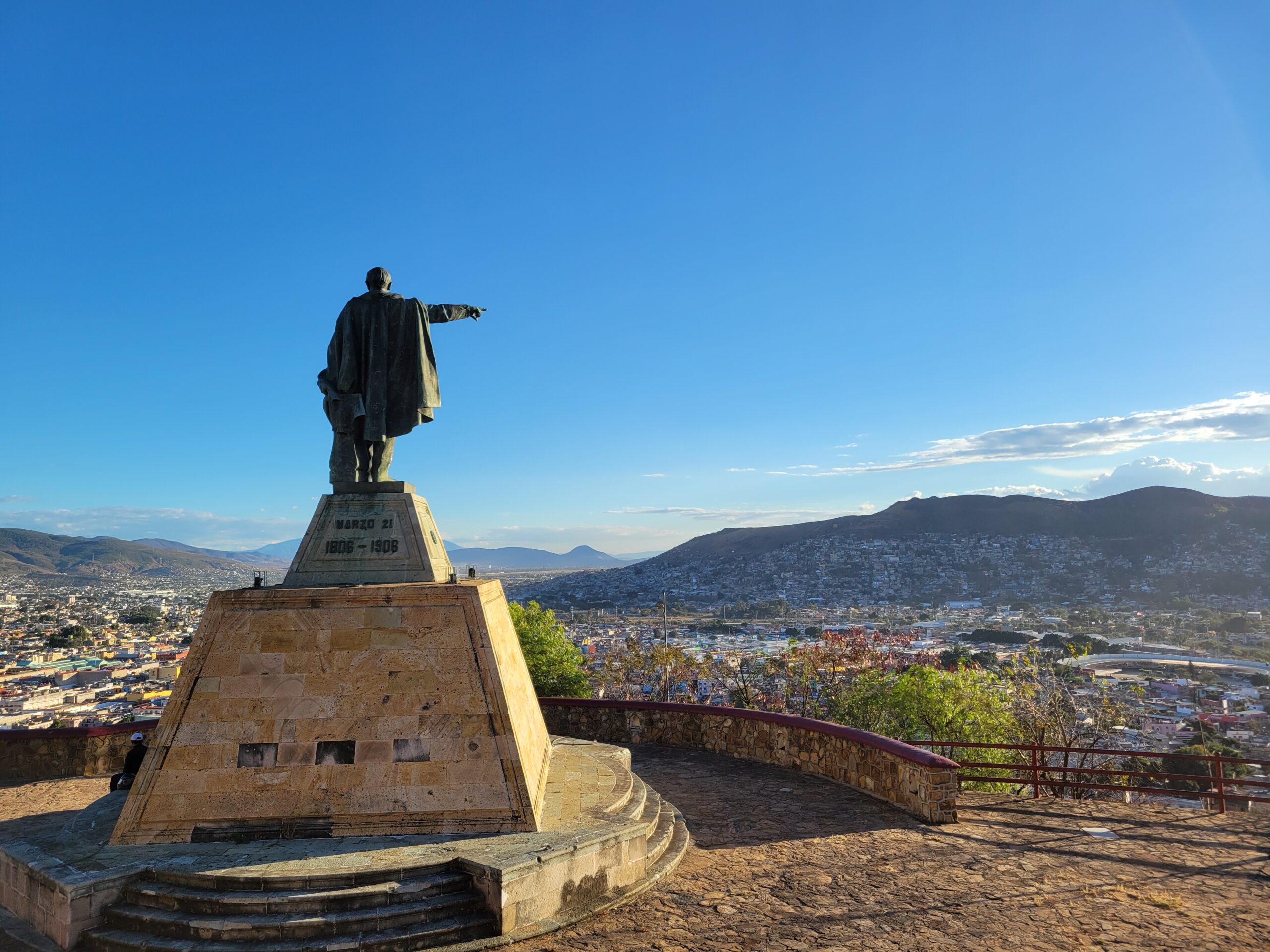
CFHI participants have free time during most evenings and weekends and may choose to organize trips to nearby destinations and take part in cultural activities offered within Oaxaca itself. In the city, enjoy colorful street markets and a lively nightlife. Sample local foods unique to the region like Oaxacan cheese, mole, a sauce made with chocolate and chiles, and chapulines or fried crickets. Approximately 6 miles outside of the city is Monte Albán, a pre-Columbian World Heritage Site dating back to 500 BC. Take a tour of local villages, each specializing in a traditional folk art including weaving, black clay ceramics, and alabrijes, or brightly colored wooden sculptures.
In Oaxaca, the celebrations are said to be some of the most vibrant in all of Mexico. It is home to the month-long cultural festival Guelaguetza, taking place in July and featuring indigenous music, food, art and costumes.
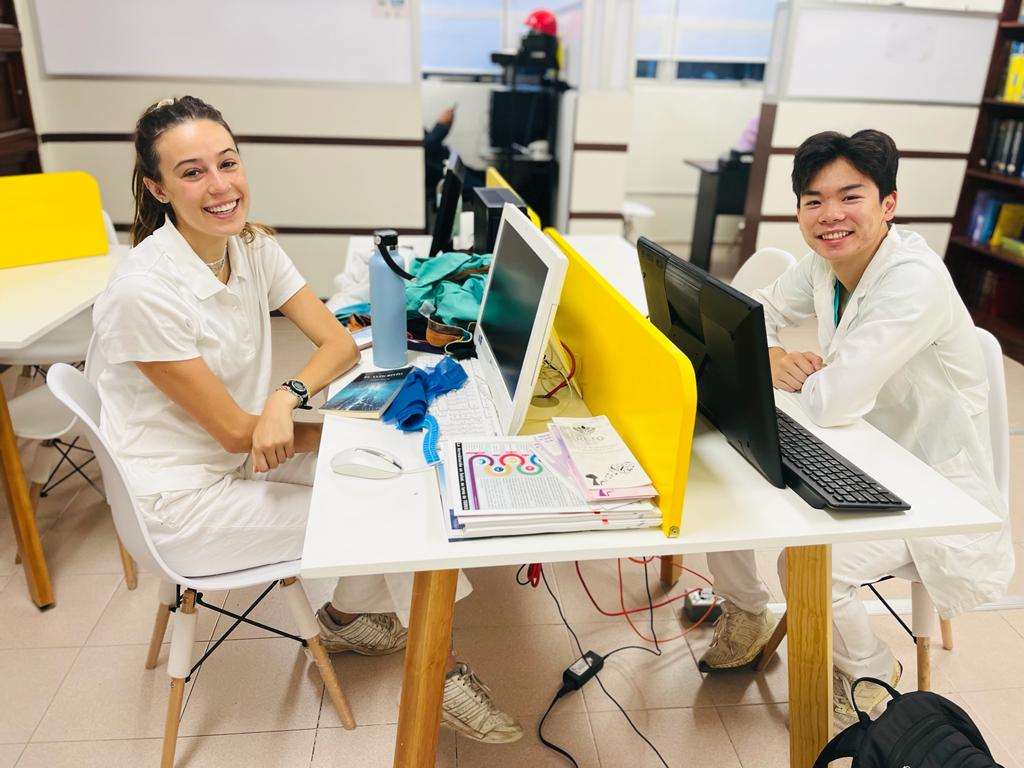
A typical day in a CFHI program is a blend of immersive learning, cultural exploration, and personal reflection. Participants begin their mornings with breakfast at their homestay, followed by 4-6 hours of clinical rotations. The clinical site assignments and schedule are shared by the local team upon arrival. In the afternoon, participants attend Spanish classes at the language school, with the hours and regularity varying based on the program. Weekends are free of program-planned activities.
Clinical Rotations & Public Health Placements
Meet the Local Team
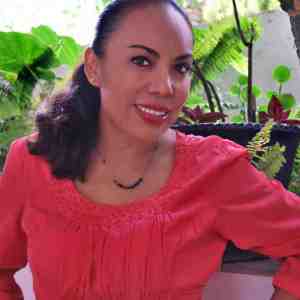
Dr. Magaly Chavez - CFHI Oaxaca Medical Director
The local Medical Director oversees and arranges all clinical and public health-related activities and is also responsible for coordinating healthcare and emergency services for participants as needed. They coordinate a cadre of preceptors who mentor and supervise program participants at both clinical and public/community health sites. Dr. Chavez is the expert on socioeconomic determinants of health in the region and healthcare delivery strategies in low-resource settings.
Dr. Chavez is a general practitioner and works in the Emergency Room of a local hospital. She has worked with CFHI since 2011 and enjoys teaching students about the healthcare system in Oaxaca. She has grown personally and professionally from her interactions with CFHI participants, and likes being a part of their training as future healthcare workers. In her free time she enjoys reading, dancing and listening to music and has completed several triathlons.
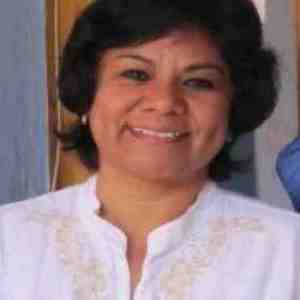
Dr. Martha Canseco - CFHI Oaxaca Local Coordinator
The CFHI Local Coordinators manage the logistics of housing, transportation, and cultural immersion throughout the program. They are a valuable resource for any questions related to navigating the program locale, cultural norms, and tips on planning weekend travel.
Martha has been working with CFHI since 2004 and is the co-director of a language school in Oaxaca. She has extensive experience running cultural immersion programs for foreign students. Martha is a Dental Surgeon with her own clinic and a certified Spanish instructor. She completed her training at Benito Juárez University in Oaxaca and the Autonomous University of Mexico. She loves all music; especially dance music from the 80s.
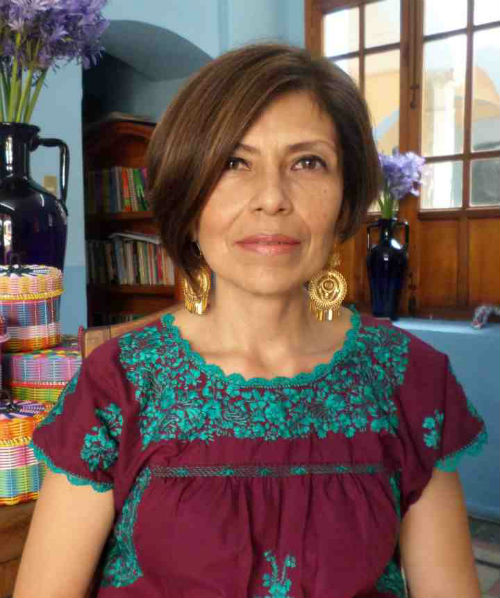
Sandra Rivera - CFHI Oaxaca Local Coordinator
The CFHI Local Coordinators manage the logistics of housing, transportation, and cultural immersion throughout the program. They are a valuable resource for any questions related to navigating the program locale, cultural norms, and tips on planning weekend travel.
Sandra has been working with CFHI since 2004 and is the co-director of a language school in Oaxaca. She has extensive experience running cultural immersion programs for foreign students. Sandra has a diploma in Teaching Spanish as a second language from the Autonomous University of Mexico. In her free time she enjoys cooking desserts, going to the movies and spending time with her family.
Eligibility
This CFHI program is ideal for participants who are 19 years of age or older with Novice Spanish or above, who have an interest in fields related to intensive beginner Spanish, primary healthcare and traditional & indigenous medicine. You do not need to be a student to be eligible for this program; mid-career professionals, GAP year learners, and others are also welcome. This program will provide an in-depth overview of intensive beginner Spanish, primary health care and traditional & indigenous medicine in Latin America through visits and experiences within hospitals, clinics, and NGO’s in Oaxaca. To confirm your eligibility, please read CFHI’s general eligibility requirements.
The Sustainable Development Goals are a global roadmap set forth by the United Nations General Assembly to end poverty, protect the planet, and ensure the well-being of all individuals by the year 2030. This program highlights the following SDGs:
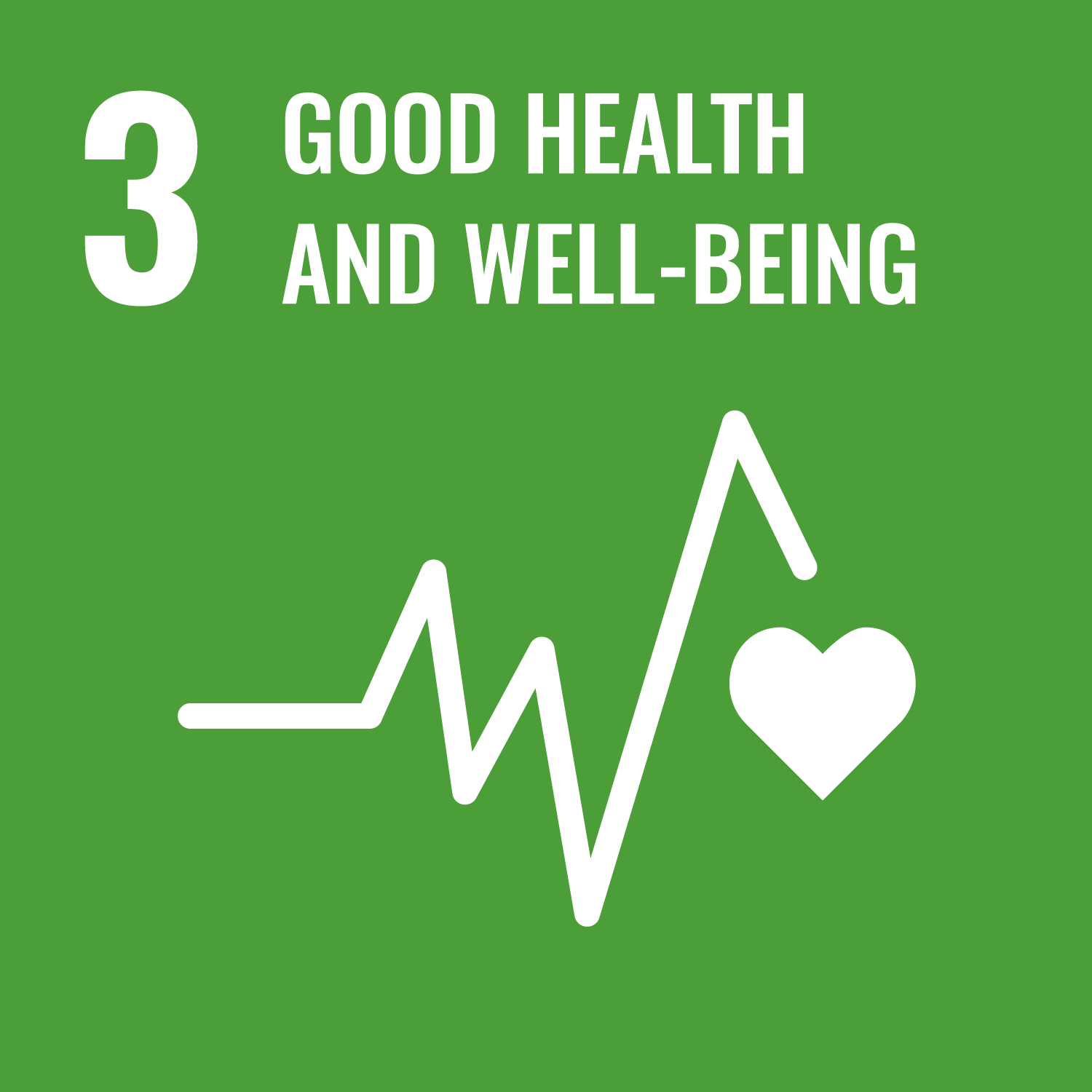
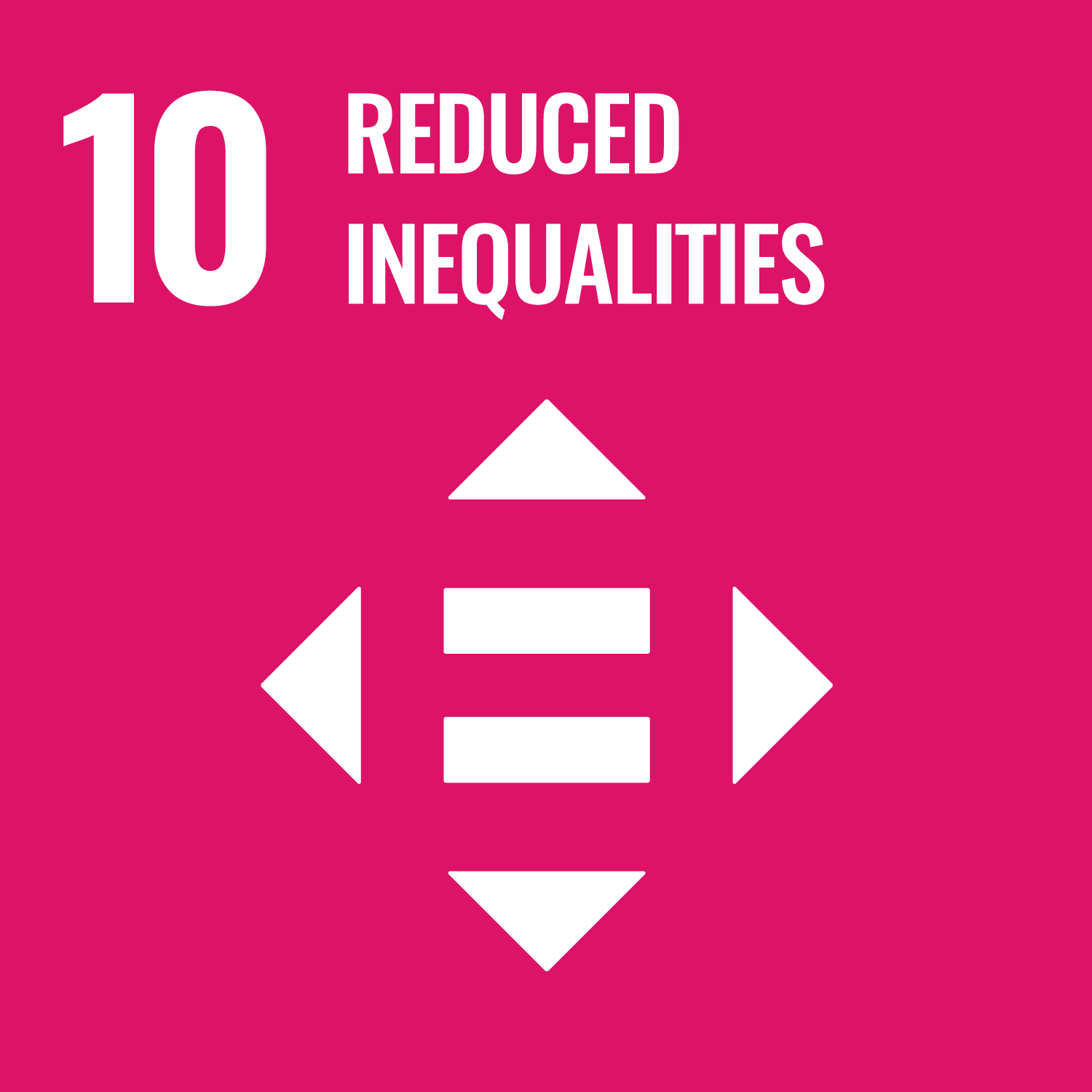
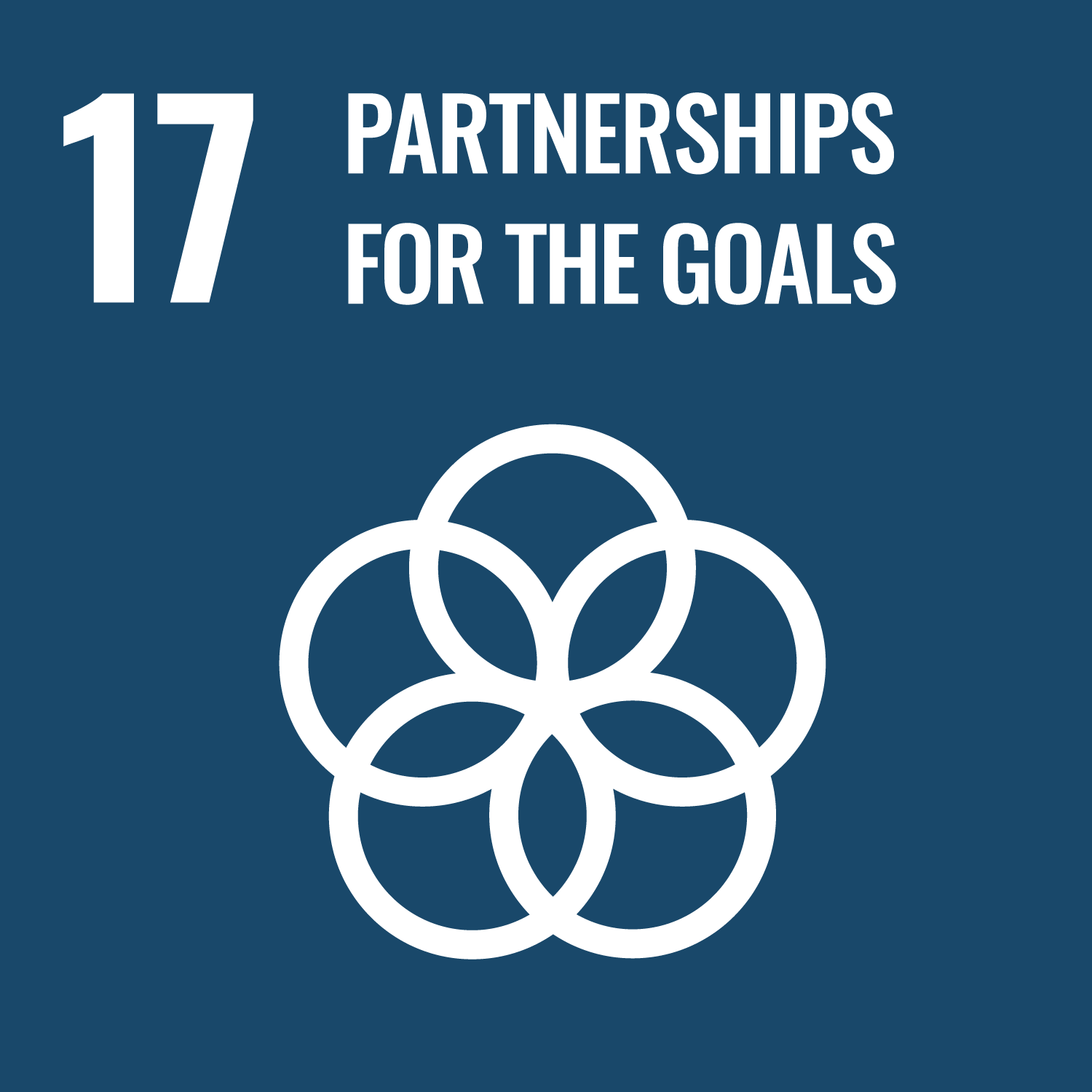
How to Apply
Create profile
Submit application
Hear back from CFHI team
Complete pre-departure training and requirements



Let The World Change You
